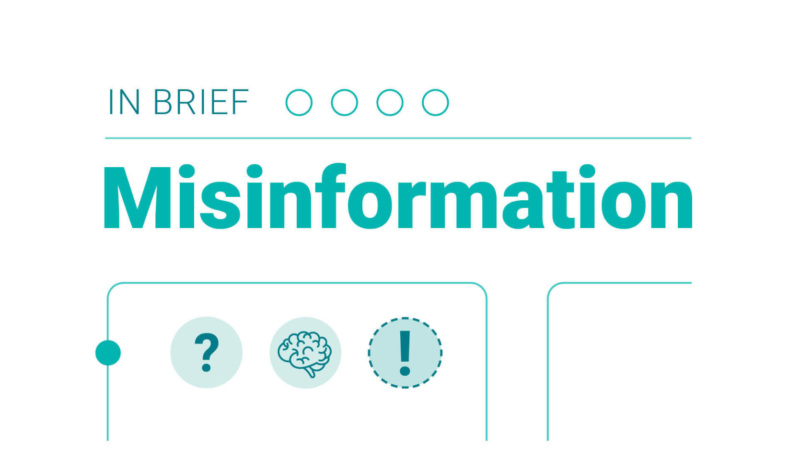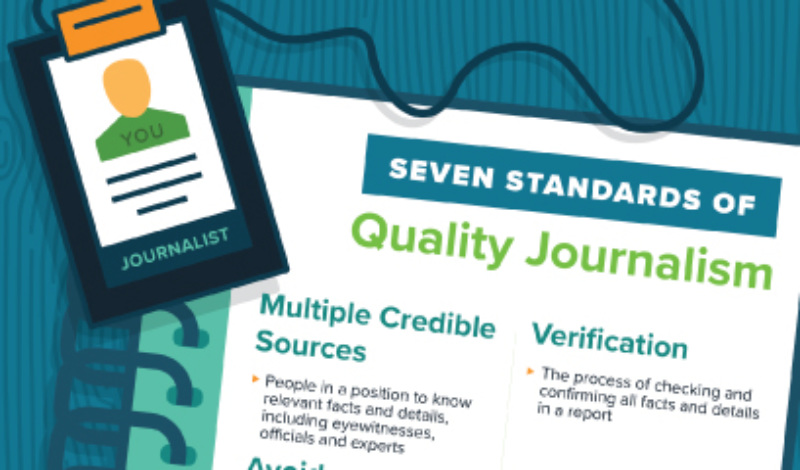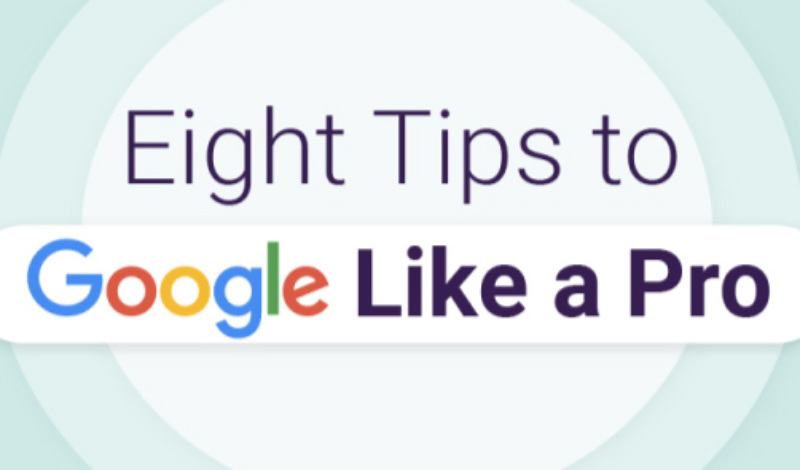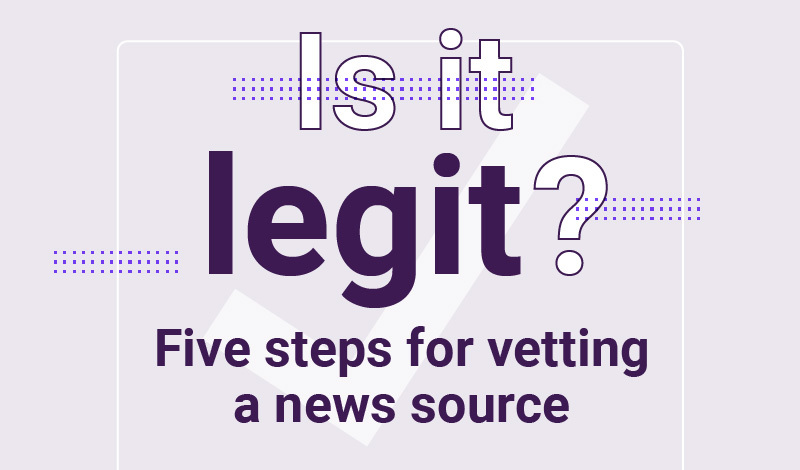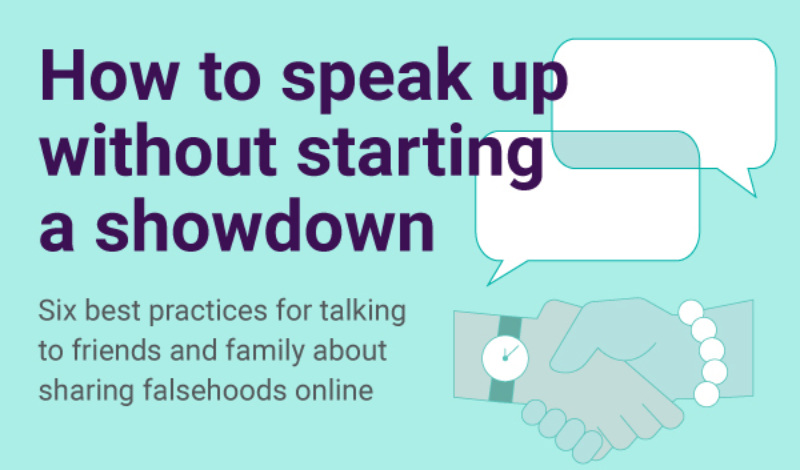
Infographic
Understanding bias
Bias is one of the most controversial and important subjects in news literacy. People frequently perceive bias in news coverage, and accusations of bias are common in a wide variety of discussions and contexts.
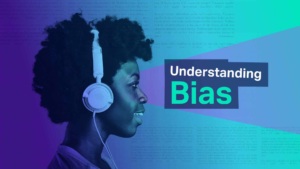 Our own perspectives, values and beliefs may lead us to assume that bias exists, especially if we have a strong opinion about the topic. This can result in confirmation bias, which is the tendency to quickly embrace information that affirms what we already think and feel and to unfairly dismiss or criticize information that complicates or contradicts those thoughts and feelings. Biases are baked into how we see and understand the world, although we often fail to notice them.
Our own perspectives, values and beliefs may lead us to assume that bias exists, especially if we have a strong opinion about the topic. This can result in confirmation bias, which is the tendency to quickly embrace information that affirms what we already think and feel and to unfairly dismiss or criticize information that complicates or contradicts those thoughts and feelings. Biases are baked into how we see and understand the world, although we often fail to notice them.
Productive conversations about bias require specificity and nuance — and less emotion. This infographic can help you recognize different types of bias (confirmation, partisan, etc.) and the forms it can take (flawed sourcing, story selection, and more). Then you’ll be able to check your own biases as you consume and share news and other content.
